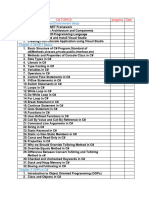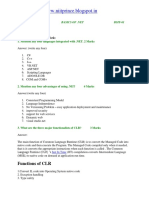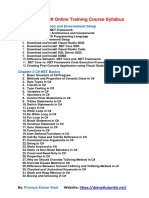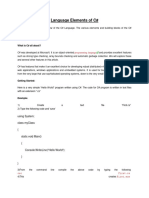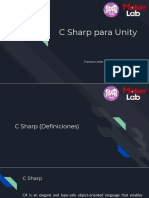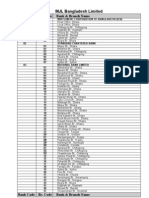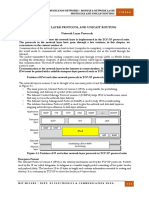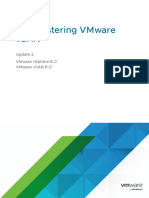0% found this document useful (0 votes)
17 views33 pagesDOTNET
This document is an internship report for a DotNet Developer Internship Program at Little Flower Polytechnic College, detailing the curriculum and training received during the internship. It covers various topics such as .NET framework, C# programming, decision-making statements, loops, collections, and HTML basics. The report serves as a partial fulfillment for the Diploma in Computer Engineering for the academic year 2024-2025.
Uploaded by
yjas22799Copyright
© © All Rights Reserved
We take content rights seriously. If you suspect this is your content, claim it here.
Available Formats
Download as DOCX, PDF, TXT or read online on Scribd
0% found this document useful (0 votes)
17 views33 pagesDOTNET
This document is an internship report for a DotNet Developer Internship Program at Little Flower Polytechnic College, detailing the curriculum and training received during the internship. It covers various topics such as .NET framework, C# programming, decision-making statements, loops, collections, and HTML basics. The report serves as a partial fulfillment for the Diploma in Computer Engineering for the academic year 2024-2025.
Uploaded by
yjas22799Copyright
© © All Rights Reserved
We take content rights seriously. If you suspect this is your content, claim it here.
Available Formats
Download as DOCX, PDF, TXT or read online on Scribd
/ 33














